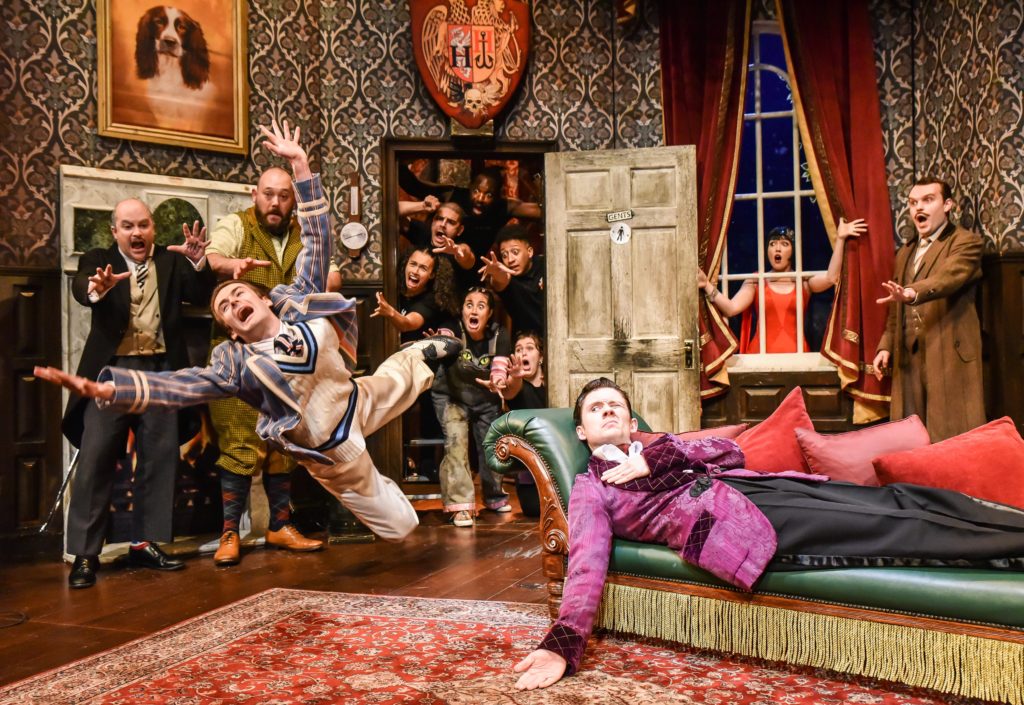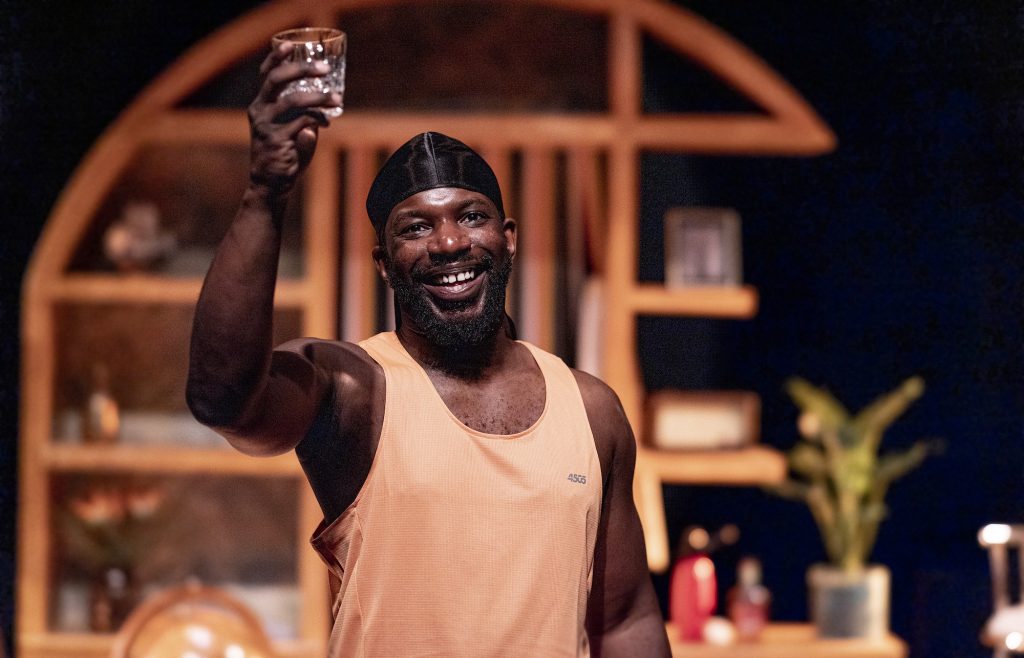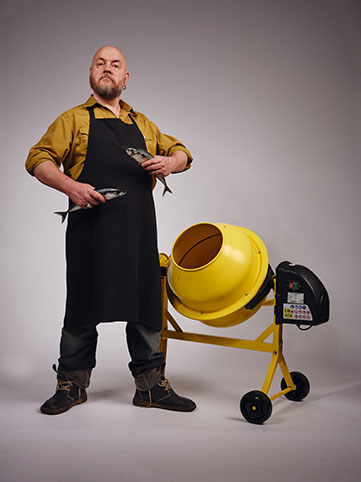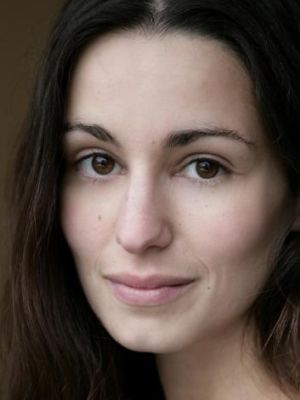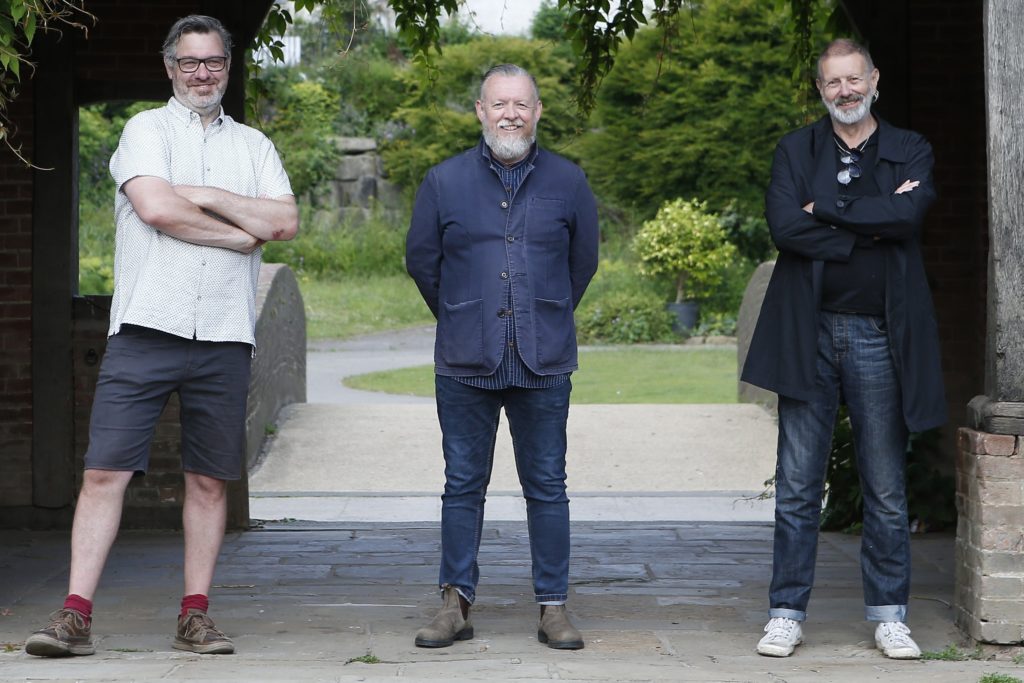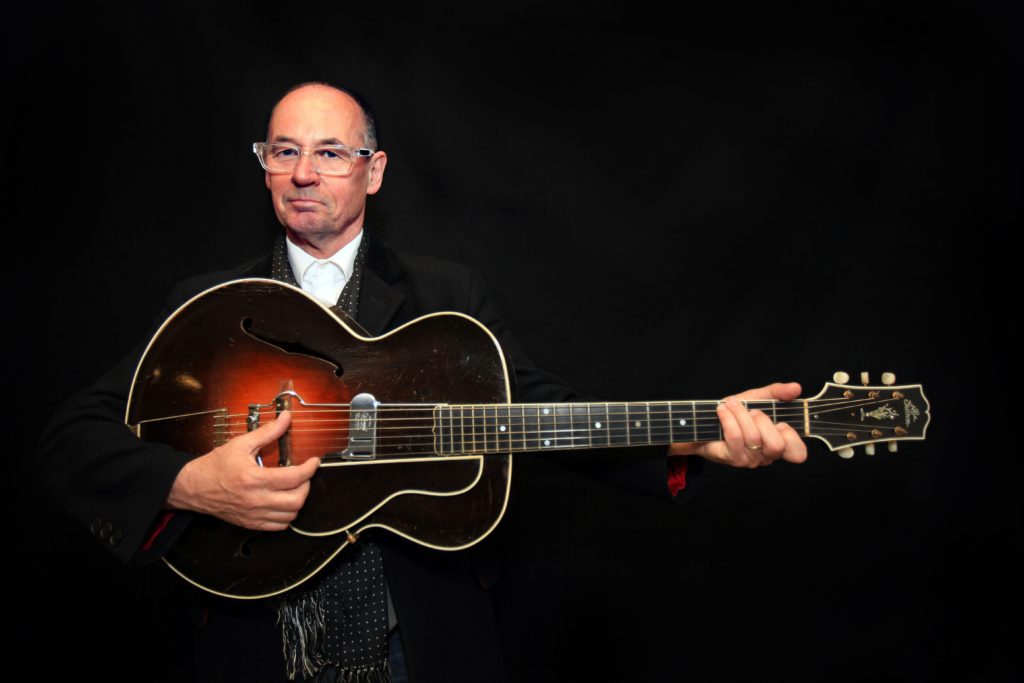
WILL Young will celebrate the 20th anniversary of his Pop Idol win with a 22-date tour next autumn, playing York Barbican on the second night, October 13.
Further Yorkshire dates on the 2022 itinerary of the 20 Years Tour will be at Hull Bonus Arena on October 21 and Sheffield City Hall on October 24. Tickets go on sale from 9am on Friday via aegpresents.co.uk and at yorkbarbican.co.uk, bonusarenahull.com and sheffieldcityhall.co.uk.
Since pipping Bradford musical theatre star Gareth Gates to win Pop Idol’s first series in 2002, Young has become the TV talent show’s most successful contestant, chalking up the best-selling single of the Noughties, Evergreen/Anything Is Possible, ten million record sales and eight UK top three albums, topped off by this year’s Crying On The Bathroom Floor.
Pop Idol was broadcast to as many as ten million viewers when it first aired, shooting South Londoner Young to fame and rewarding him with a record deal to release his debut chart-topping album, From Now On, after receiving a 4.6 million votes from the public.
Next year’s anniversary will be marked by the release of 20 Years – The Greatest Hits, a compilation that will span his Pop Idol winner’s single, Evergreen, and the number ones Light My Fire and Leave Right Now to Crying On The Bathroom Floor track Daniel and two new songs, yet to be named.
The album will be available next May on CD, deluxe signed CD & vinyl LP via Sony Music; fans can place pre-orders from today at will-young.myshopify.com to gain exclusive access to the tour pre-sale from Wednesday.
Look out too for Young’s Crying On The Bathroom Floor Remix EP, set for release on Cooking Vinyl with six Sudlow remixes of Will’s interpretations of Daniel, Crying On The Bathroom Floor and latest single Indestructible.
Evergreen Will Young, 42, answers questions on his past, present and future:
What has been keeping you busy, Will?
“I just managed to have a lovely two-week break in Greece. I studied ancient history and was completely excited and overwhelmed at finally being able to visit the Acropolis, the birthplace of democracy.”

Can you believe two whole decades have passed by so quickly since your Pop Idol win?
“I love the phrase ‘time flies when you’re having fun’ and the last 20 years have been more fun than I could ever have imagined. I’ll never forget how people took the time to pick up the phone and vote for me. It’s kept me humble and grateful ever since.”
On reflection, would you have succeeded as a pop star without that ‘sliding doors’ moment of auditioning for Pop Idol?
“I don’t think I would’ve become a pop star at that time without Pop Idol because I don’t think anyone would’ve signed me, an openly gay politics student. That’s what was so beautiful about the show.”
How did it feel how to receive such a mountain of votes from the British public?
“It was such a new experience, not just for me, but also for everyone involved in the TV show. No-one knew it was going to become such a huge success, to the point where it was even debated in parliament! The whole thing was a rollercoaster of fun and laughs and it felt very validating to be voted for by so many people.”
What can fans expect from the 20th anniversary live shows next autumn?
“I’m going to be playing most of my singles from over the last 20 years, possibly in chronological order. I’m also going to have a request section where me and my pianist will have learnt every single one of my songs, including all the B-sides.”
How did you feel to be back on stage at last in front of a live audience for your handful of intimate ‘A Night With’ shows?
“Surprisingly, I didn’t feel like I had been away for that long. I thought I might be more nervous because it had been such a long time due to Covid. However, my muscle memory of gigging kicked in and I absolutely loved interacting with the audience, singing so many of my songs with just a piano. It was a beautiful experience.”

Will songs from this year’s Crying On The Bathroom Floor feature in the 2022 tour show?
“I will definitely be playing the singles from the latest album. I have been so thrilled with how well the whole record has been received. Sometimes things just fall into place and, with the combination of great production plus brilliant artists and songs, it worked out really well. I’m very proud of it.”
Not only did you shine a spotlight on some of your favourite, more leftfield modern female pop artists on this album, but also you wrote to each of them to explain why you recorded their song. Many replied to you – what was the loveliest response you received?
“All of the responses were lovely, but I was particularly moved by Clare Maguire’s response. Her single Elizabeth Taylor is such a special song and she’s such a kind person. I was so pleased that she was really thrilled with my version.”
Your new single is a remix of your version of Swedish pop artist Robyn’s Indestructible. What attracted you to that song and Robyn in general?
“Robyn was very much an artist I wanted to cover; she’s so well respected as a pop artist and songwriter. I felt like Indestructible was the song of hers that I could do a good original-sounding version of.”
Did your dogs and passion for gardening help you during the pandemic lockdowns?
“Animals are a huge passion of mine; having rescue dogs to look after with all their various operations and rehabilitation definitely kept me focused. One of my concerns I’m exploring is how dogs like beagles are tested on in laboratories when they don’t need to be. If I can shine a light on animal cruelty, then I will.
“When it comes to gardening, I absolutely love it and get so much satisfaction out of it. I loved appearing on Gardeners’ World; it’s one of my favourite TV shows.”
After the success of your role as Emcee in Cabaret, do you have any plans to return to acting in the near future?
“I’m very excited as I’ve just signed up with a new brilliant acting agent and I already have some plans in place for next year – more news coming soon.”

Will Young Facts
* Evergreen/Anything Is Possible is officially UK’s fastest-selling debut single of all time.
* Two BRIT Award wins: British Breakthrough Act in 2003 and British Single of the Year for Your Game in 2005.
* Young’s Leave Right Now won 2004 Ivor Novello Award for Best Song Musically and Lyrically.
* Performed at opening ceremony of 2002 Commonwealth Games in Manchester, Nelson Mandela’s Unite The Stars charity concert in South Africa in 2006 and Concert for Diana at Wembley Stadium in 2007.
* Has performed live duets with Elton John, James Brown, Queen and Burt Bacharach.
* Starred in 2005 film Mrs. Henderson Presents alongside Judi Dench and Bob Hoskins.
* Mental health advocate, official ambassador for Women’s Aid and animal rights’ activist.
* Author of 2020 book on gay shame, To Be A Gay Man. Several follow-up books are in the works.
* Regularly guest-presents Jo Whiley Show on BBC Radio 2.
* Performed at Glastonbury Festival three times.
* Co-hosted first two seasons of Homo Sapiens LGBTQI podcast with Christopher Sweeney; new mental health podcast will launch in 2022.
* In his music-making, Young has collaborated with Burt Bacharach, Eg White, Sia, Steve Lipson, Cathy Dennis and Richard X.
* Played Emcee in Cabaret at Leeds Grand Theatre in October 2017.
* Played Dalby Forest, near Pickering, in June 2012 and Scarborough Open Air Theatre in June 2016. Last played York Barbican on Lexicon tour on October 20 2019.



